I know that the power factor of an induction motor varies with load and is very low at no load and high at full load, but does the reactive power vary as well? If so, how much can it vary?
-
Hint: what's the definition of Power Factor? – Marcus Müller Nov 12 '17 at 16:40
-
1@MarcusMüller: I think s/he knows that and is wondering if only the real power vector is changing or is the reactive vector length changing too. – Transistor Nov 12 '17 at 16:58
-
@Transistor Yes. That’s exactly what I was thinking. – Kestis Nov 12 '17 at 17:06
2 Answers
When the load decreases, the power factor decreases primarily due to the decrease in real power. Reactive power is primarily due to the magnetizing current, But there is a small amount due to the stator and rotor leakage reactances. Magnetizing current depends on the voltage across the magnetizing branch of the equivalent circuit that will increase slightly with reduced load because the voltage drop across the stator resistance and leakage reactance declines when the current declines due to reduced load.
In the equivalent circuit shown below, R1 & X1 are the stator resistance and leakage reactance, Gc and Bm are the magnetizing branch, and X2 is the rotor leakage reactance. R2/s represents the rotor resistance combined with a variable resistance that represents the mechanical load.
The following motor performance data shows quite a significantly decreasing reactive VA as the motor load declines to zero. The slight increase in magnetizing VA must be insignificant compared to the loss of reactive VA in the rotor branch as the rotor current drops to near zero.
-
So reactive power is slightly less at full load than at no load, but can it be approximated as a constant? – Kestis Nov 12 '17 at 18:25
-
No, I believe reactive power is slightly more at no load because the voltage across the magnetizing branch rises slightly. – Nov 12 '17 at 19:20
-
I checked some motor performance data and found that my assumption is not correct. See revised answer. – Nov 12 '17 at 20:12
By power factor you mean displacement power factor.
The increase in displacement power factor is the result of increase phase difference between the voltage and current and thus the resultant VAr
-
1I think the OP has demonstrated understanding of that but is asking does your Q vector remain the same length as the P vector decreases with decreasing load. – Transistor Nov 12 '17 at 17:00


